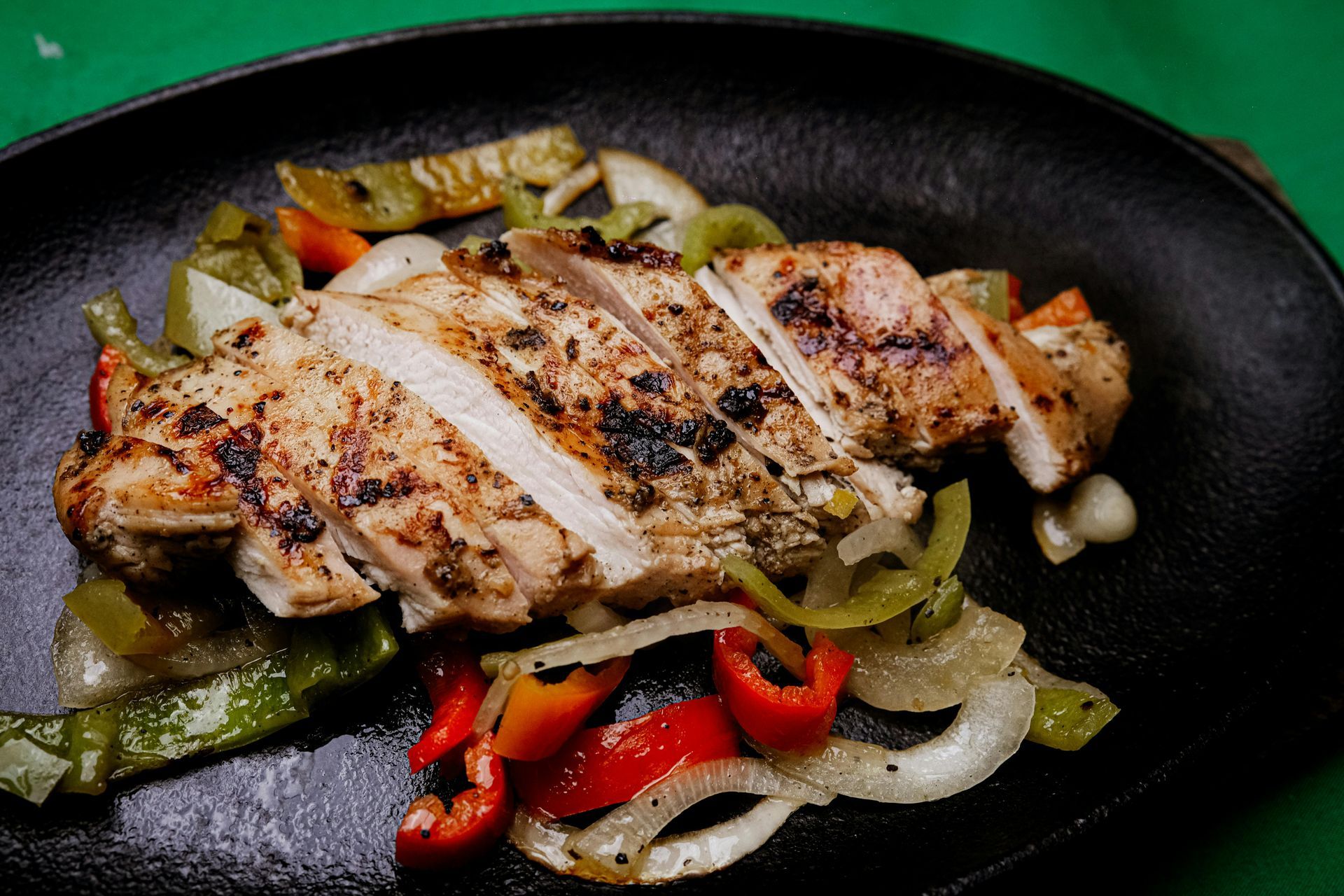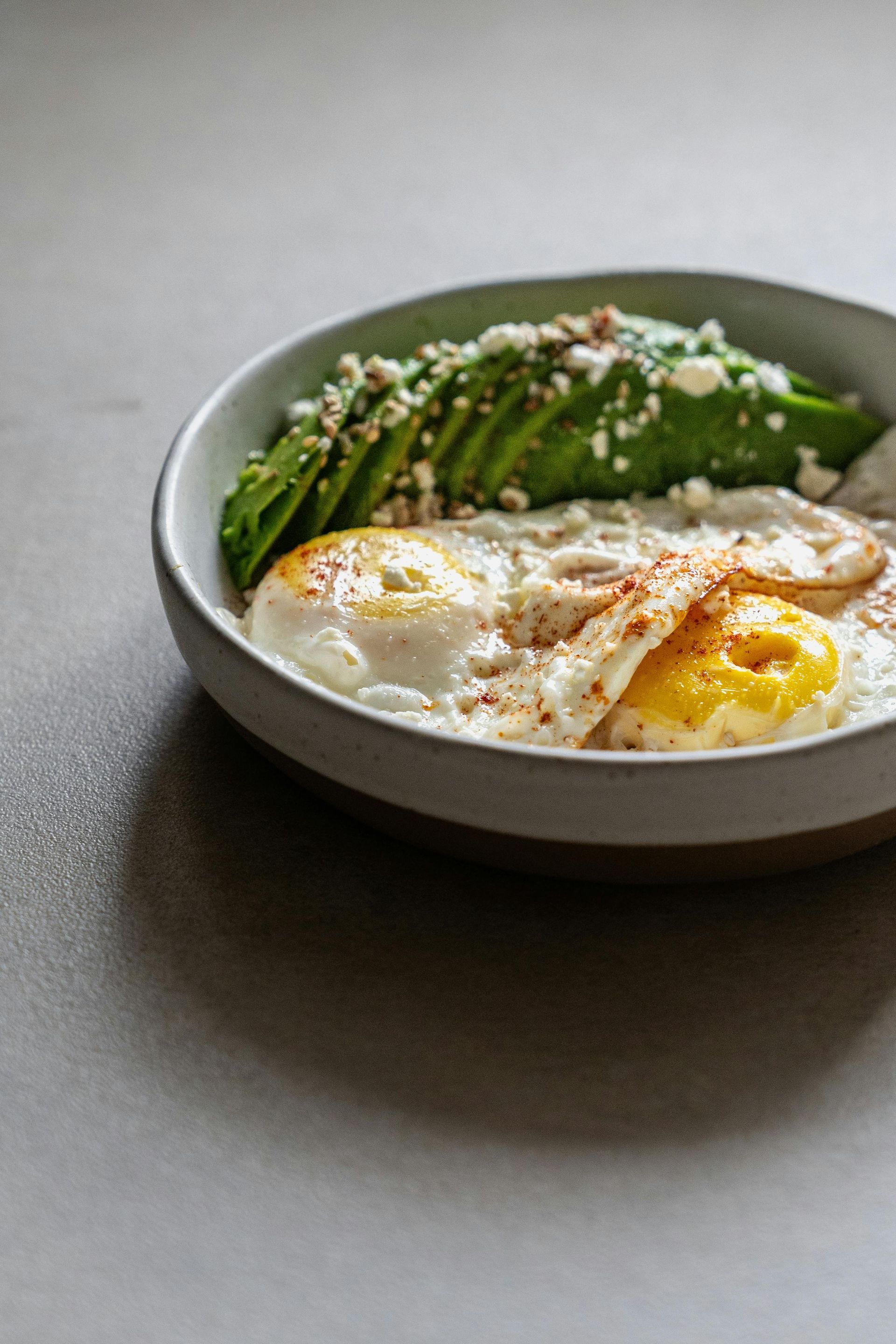By Erica Nunn
•
August 12, 2025
When you’re starting your fitness journey, you’ll hear a lot about protein and for good reason. Protein is essential for building and repairing muscle, keeping you fuller for longer, supporting healthy hair, skin, and nails, and even balancing hormones. But how much do you actually need each day? Why Protein Matters for Women Protein isn’t just for athletes or bodybuilders it’s a cornerstone of health for every woman. It plays a role in nearly every process in the body, and getting enough can transform how you feel, look, and perform. Key benefits of protein for women: Builds and preserves lean muscle – crucial for metabolism, strength, and shape. Boosts metabolism – muscle burns more calories at rest, helping with fat loss. Keeps you fuller for longer – reduces cravings and helps with portion control. Supports hormone balance – steady blood sugar and hormone production. Aids recovery and repair – faster bounce-back after workouts, illness, or injury. Strengthens hair, skin, and nails – protein is the building block of collagen and keratin. Supports bone health – works with resistance training to maintain strong bones. Boosts immune function – protein is key for producing antibodies and immune cells. How Much Protein Should You Eat? A good starting point for most active women is: 0.7–1.0 grams of protein per pound of goal body weight per day. For example: If your goal weight is 140 lbs, aim for 98–140g of protein daily. If your goal weight is 160 lbs, aim for 112–160g daily. Your exact needs will depend on your activity level, goals, and current body composition, but this range works well for most women starting out. The Benefits of Pairing Protein With Exercise Protein and exercise are a powerhouse combination. When you pair proper protein intake with strength training or regular workouts, the benefits multiply: Faster muscle growth & definition – you give your muscles the building blocks they need and the stimulus to grow. Better fat loss while keeping muscle – prevents the “skinny fat” look. Improved strength & performance more muscle means lifting heavier, running faster, and moving better in daily life. Faster recovery – less soreness and more energy for your next workout. Greater long-term results – builds a healthy, toned body that lasts, not just quick fixes. How to Spread Protein Throughout Your Day Your body uses protein more effectively when it’s spread across meals, not all eaten at once. Aim for 20–35g per meal, plus protein-rich snacks. Example: Breakfast: Greek yogurt with berries (25g) Snack: Protein shake (25g) Lunch: Chicken salad (30g) Snack: Cottage cheese with fruit (20g) Dinner: Salmon with veggies (30g) Easy High-Protein Foods for Beginners Chicken breast, turkey, lean beef Salmon, tuna, shrimp Eggs & egg whites Greek yogurt (plain, unsweetened) Cottage cheese Protein powder (whey, plant-based, or collagen blends) Lentils, chickpeas, black beans (also contain carbs) Tips for Hitting Your Protein Goal Start each meal with protein first — build the rest around it. Prep protein in bulk so it’s ready to grab. Use snacks to boost intake if you’re falling short. Track your food for a week to see where you’re at. Bottom Line: Protein is one of the most important nutrients for women starting a fitness journey. When combined with regular exercise, it’s a game-changer for your body composition, energy, and overall health. Hitting your daily protein goal supports better workouts, improved recovery, and lasting results — and it’s simpler than you think once you build the habit. 💬 Want help figuring out your exact protein needs and pairing them with the right workouts? Click the link & let’s get you started. https://www.breakthecore.com/






